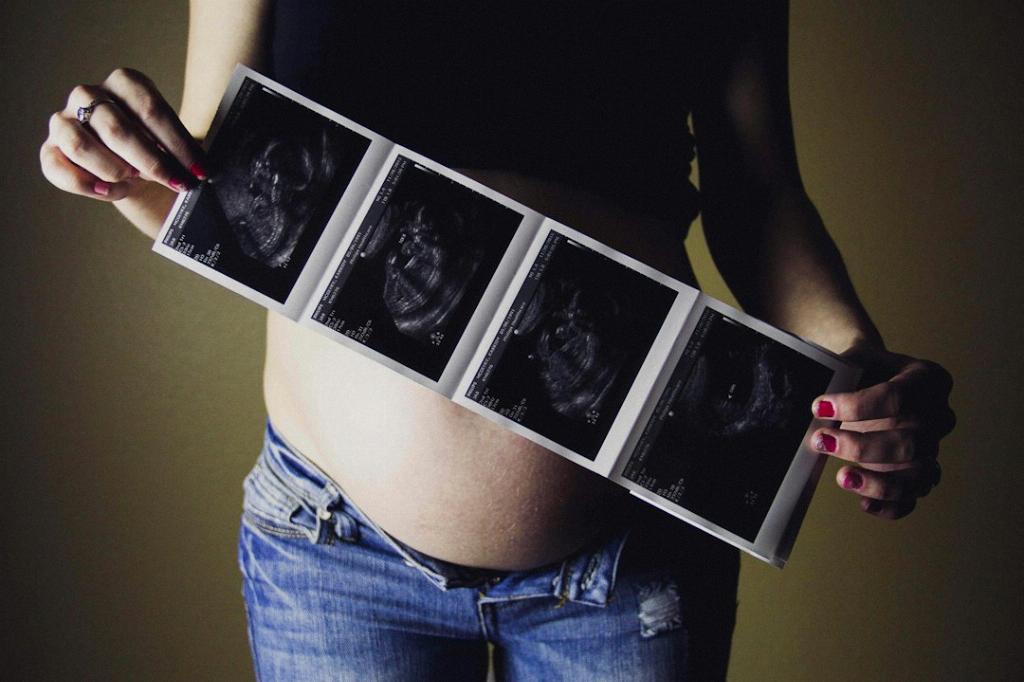Group B Streptococcus (GBS) is a type of bacteria that is commonly found in the intestinal tract, vagina, and rectal areas of both men and women. It is an essential bacterium for the proper function of the body. However, concerns can arise when it comes to pregnant women and newborns.
GBS and Pregnancy
During pregnancy, around one in every four or five women may carry GBS in their rectum or vagina. This is known as GBS colonization. While GBS colonization is not an STD, it can pose risks to the newborn during childbirth if proper precautions are not taken.
Transmission of GBS
Unlike sexually transmitted diseases (STDs), GBS is not primarily transmitted through sexual contact. Instead, GBS can be transmitted from mother to newborn during childbirth. This is why it is crucial for pregnant women to be tested for GBS prior to delivery.
GBS Testing and Prevention
Testing for GBS is a standard procedure during pregnancy, usually conducted between weeks 35 and 37. If a pregnant woman tests positive for GBS, she will be given antibiotics during labor to prevent the transmission of the bacteria to the newborn.
Risk Factors and Complications
While GBS colonization is common and usually harmless in adults, it can lead to severe complications in newborns, including pneumonia, sepsis, and meningitis. It is essential for healthcare providers to be vigilant in detecting and treating GBS infections promptly.
Postpartum Considerations
Mothers who have given birth to a baby with GBS infection may be at a slightly higher risk of developing a GBS infection themselves. It is crucial for healthcare providers to monitor both the mother and the newborn closely after delivery.
Conclusion
In conclusion, while Group B Streptococcus (GBS) is not considered a sexually transmitted disease (STD), it can have serious implications for newborns if not properly managed during childbirth. Testing, prevention, and prompt treatment are key elements in reducing the risk of GBS transmission and ensuring the health and well-being of both mother and child.

